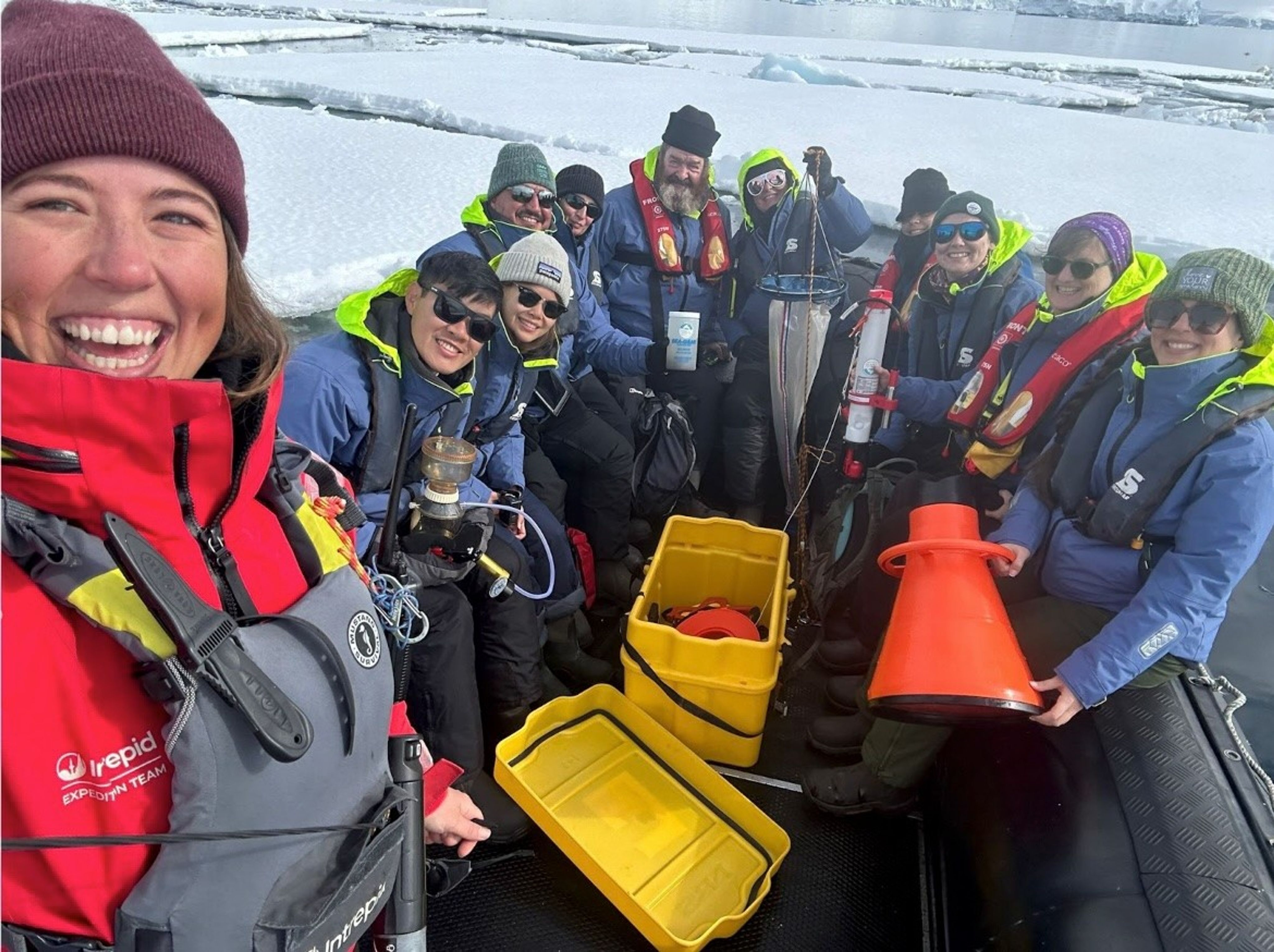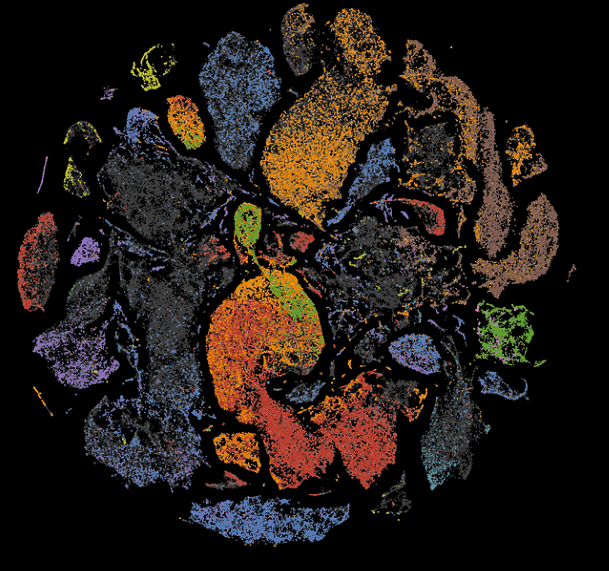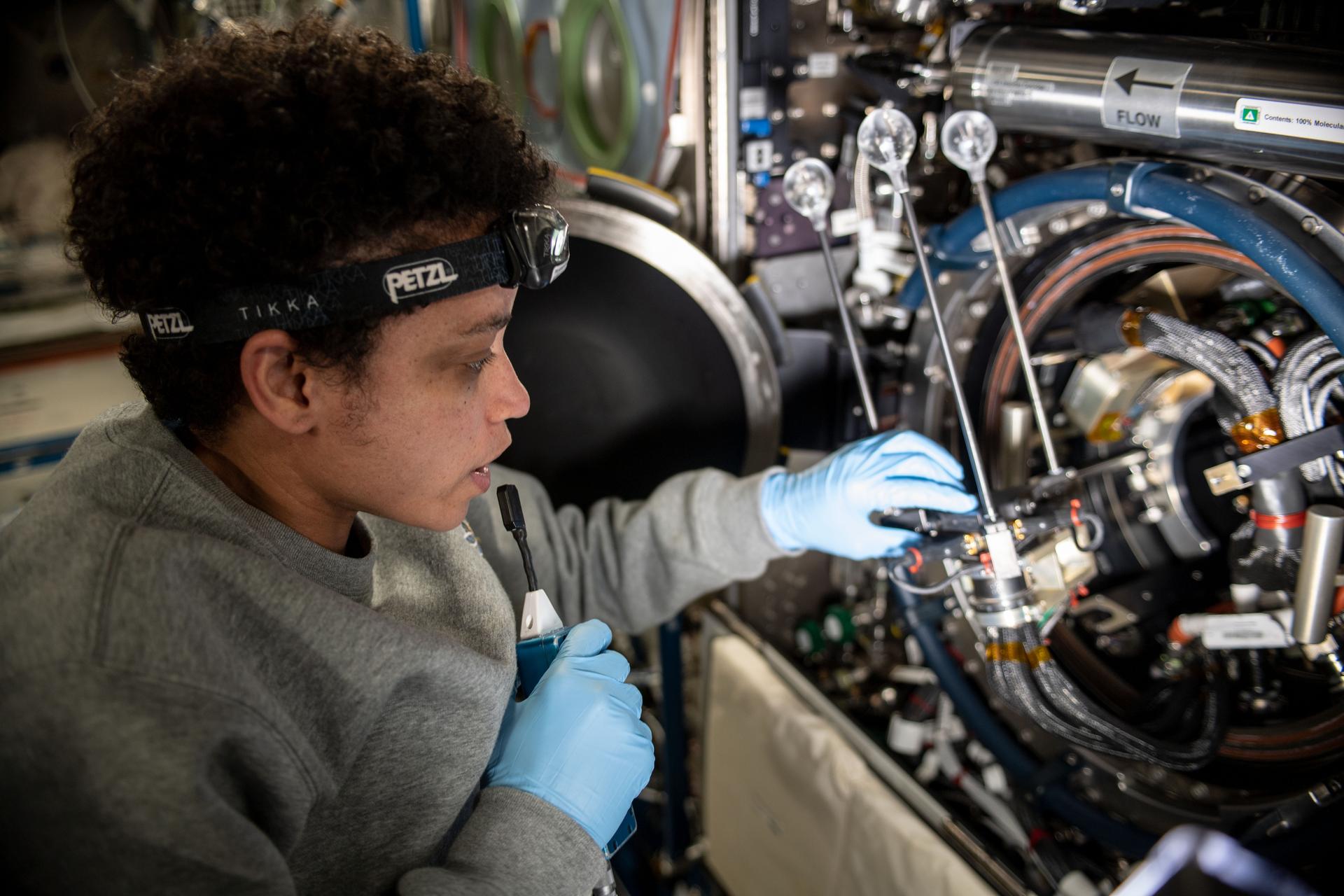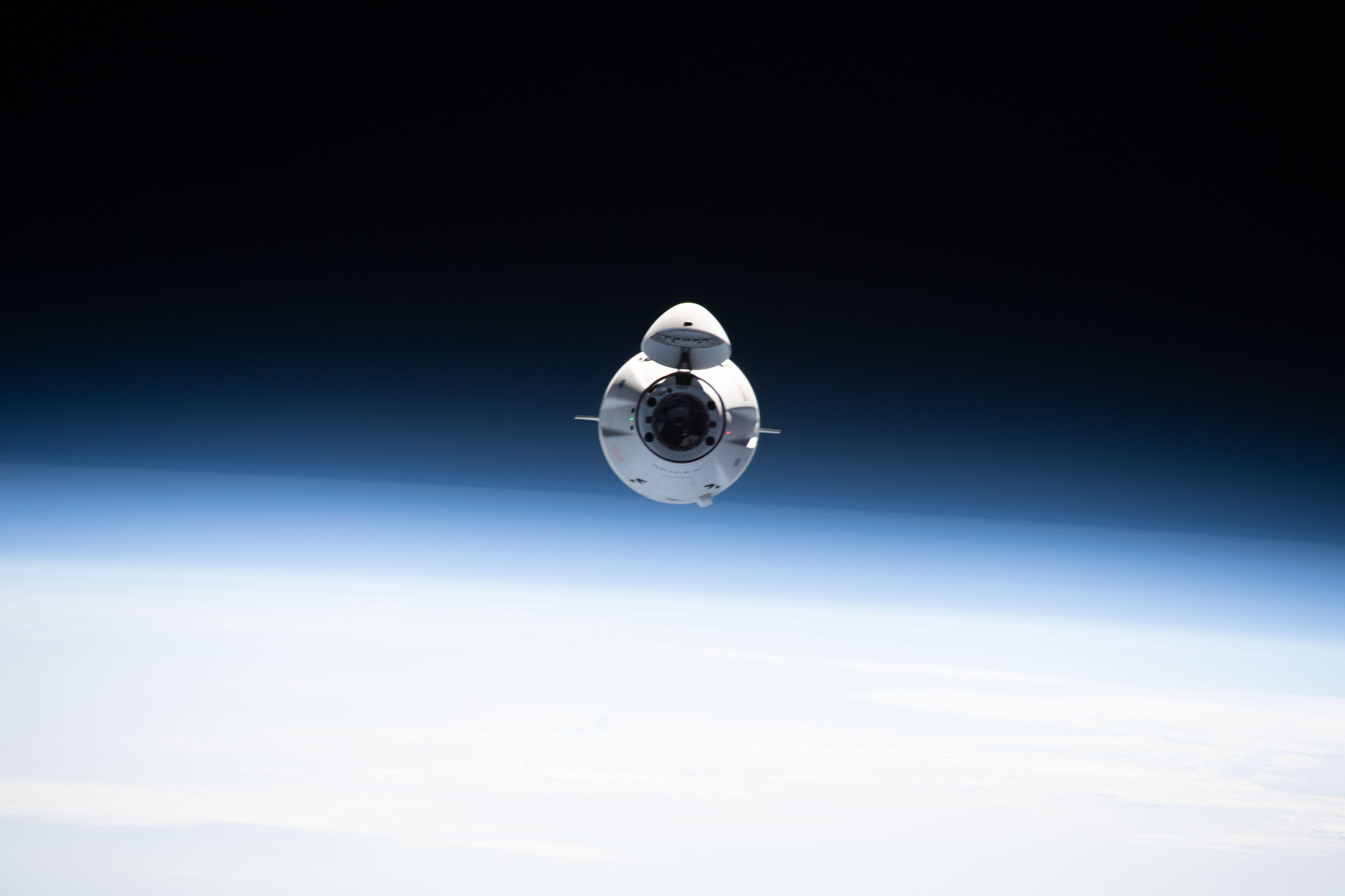News & Media
Learn more about the exciting research projects and scientific discoveries in the fields of Space Biology and Physical Sciences:

This Thanksgiving, We’re Grateful for NASA’s Volunteer Scientists!
This year, we’re giving thanks to you for Doing NASA Science! You and the millions of other volunteers have enabled an incredible banquet of discoveries—by taking data, analyzing data, writing code, writing papers, and even inventing your own science projects.…

Sadie Coffin Named Association for Advancing Participatory Sciences/NASA Citizen Science Leaders Series Fellow
In August, the Association for Advancing Participatory Sciences (AAPS) announced a fellowship opportunity in partnership with the NASA Citizen Science Leaders Series. Fifty-five people applied! The applications came from graduate students and early career professionals in diverse disciplines, including astronomy,…

We Are All Made of Cells: Space and the Immune System
Malcolm O’Malley and his mom sat nervously in the doctor’s office awaiting the results of his bloodwork. This was no ordinary check-up. In fact, this appointment was more urgent and important than the SATs the seventeen-year-old, college hopeful had spent…

Watch How Students Help NASA Grow Plants in Space: Growing Beyond Earth
Since 2015, students from across the USA have been partnering with scientists at NASA to advance research on growing plants in space, ultimately to feed astronauts on long-distance space missions, as part of Fairchild Tropical Botanic Garden’s Growing Beyond Earth…

PSI Database is Live with New Features to Improve User Experience
Since its launch in 2014, the Physical Sciences Informatics (PSI) system has served as NASA’s online repository for physical science data. Now, the PSI system is live with new updates to further align with NASA’s open data policy. With its…

NASA Science on Health, Safety to Launch on 31st SpaceX Resupply Mission
New science experiments for NASA are set to launch aboard the agency’s SpaceX 31st commercial resupply services mission to the International Space Station. The six investigations aim to contribute to cutting-edge discoveries by NASA scientists and research teams. The SpaceX…

NASA Selects Two Teams to Advance Life Sciences Research in Space
NASA announced two awards Thursday to establish scientific consortia – multi-institutional coalitions to conduct ground-based studies that help address the agency’s goals of maintaining a sustained human presence in space. These consortia will focus on biological systems research in the…

NASA’s SpaceX 31st Resupply Mission to Launch Experiments to Station
NASA and its international partners are launching scientific investigations on SpaceX’s 31st commercial resupply services mission to the International Space Station including studies of solar wind, a radiation-tolerant moss, spacecraft materials, and cold welding in space. The company’s Dragon cargo…

Spooky on the Space Station
Science in Space: October 2024 Cultures around the world celebrate Halloween on Oct 31. In many places, in addition to people wearing costumes and eating candy, this day is associated with spooky decorating using fake blood, skeletons, flies, and spiders,…

Culturally Inclusive Planetary Engagement in Colorado
In August 2024, the NASA Science Activation program’s Planetary Resources and Content Heroes (ReaCH) project held a Culturally Inclusive Planetary Engagement workshop at the Laboratory for Atmospheric and Space Physics in Boulder, Colorado for the planetary science community. These workshops…
